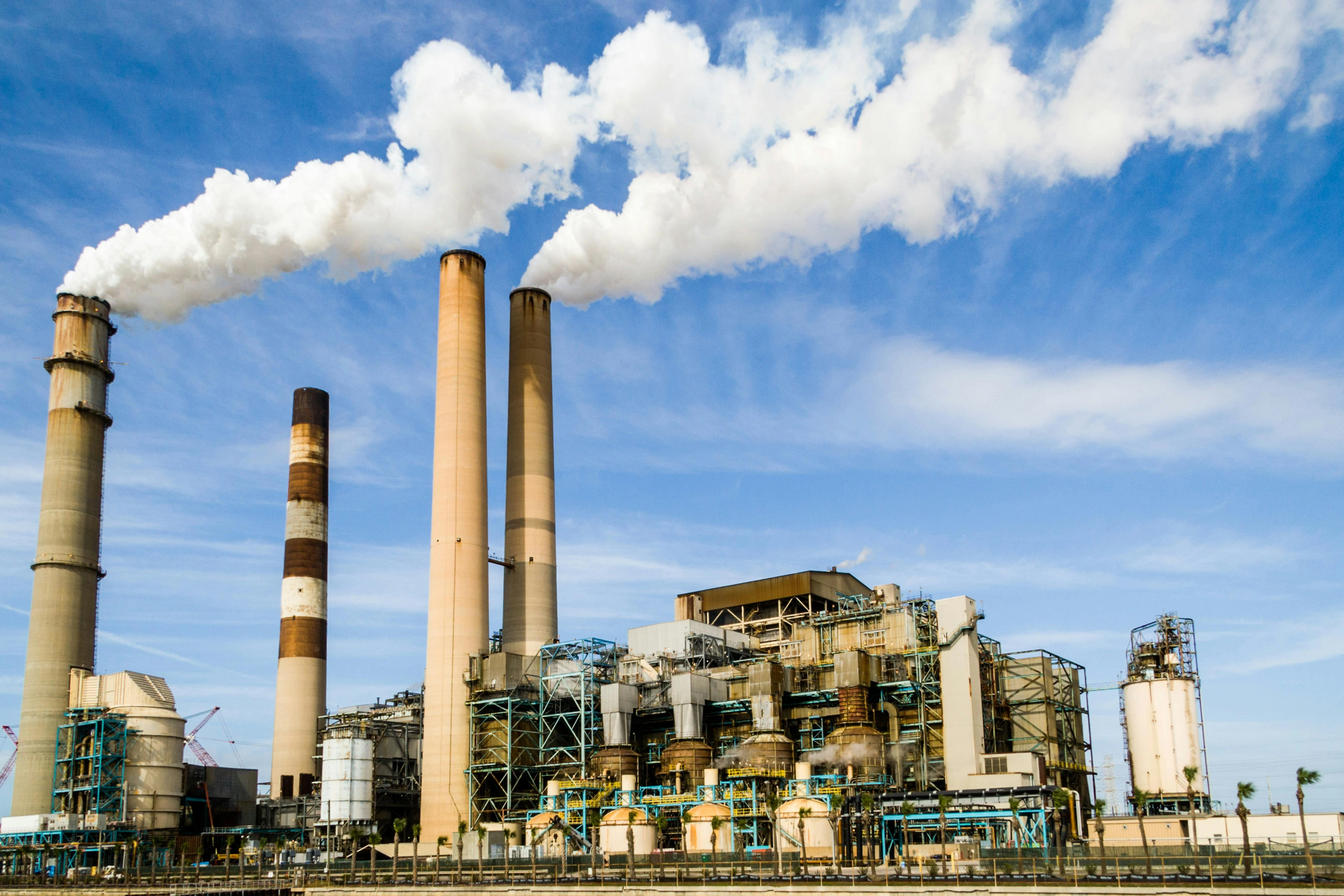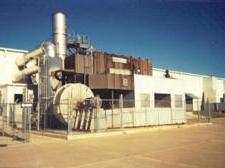Thermal Oxidizers & Scope 1, 2, and 3 Carbon Emissions

Refurbished RTOs produce less carbon emissions than new systems
Choosing a refurbished RTO can help your company save on greenhouse gas emissions and reduce your carbon footprint. Knowing how Scope 1, 2, and 3 emissions are affected by our thermal oxidizers can help you plan your emission reduction strategies.
Emission FAQs
We can evaluate your system by measuring airflow and emissions at key points to assess its current performance. If it’s not optimized, we’ll recommend improvements such as adjusting system settings or adding capture hoods and enclosures. We can also provide these solutions as part of a new system if needed.
Yes, we can assist in evaluating your system to identify issues such as leaking valves, heat exchanger problems, poor airflow distribution, or catalyst performance. We provide thorough assessments and turnkey solutions to help you stay operational. For regenerative thermal oxidizers (RTOs), see our blog post about stack test failures for more troubleshooting guidance.
Yes, if your process stream contains corrosive compounds or halogenated compounds (like chlorine, bromine, or fluorine), the RTO may require special materials of construction such as high-alloy stainless steels or corrosion-resistant coatings to ensure long-term durability and safe operation.
Yes, in some cases. Visible emissions or opacity, often seen as puffs during poppet transitions, can occur. However, a puff chamber can significantly reduce or eliminate these visible emissions.
Thermal oxidizers play a crucial role in managing and reducing greenhouse gas (GHG) emissions across various scopes. Understanding their impact on Scope 1, 2, and 3 emissions can help your organization develop comprehensive strategies for emission reduction.
Scope 1 Emissions
Scope 1 emissions are direct emissions from sources owned or controlled by the organization. For industries using thermal oxidizers, Scope 1 emissions include:
- Combustion Emissions: Direct emissions from the combustion of fuels in thermal oxidizers, such as natural gas or other hydrocarbons, which produce CO₂ and other GHGs.
- Process Emissions: Emissions from industrial processes that are treated by thermal oxidizers to reduce VOCs, CO, and HAPs.
By optimizing the performance of thermal oxidizers, organizations can directly reduce their Scope 1 emissions. Regular preventive & predictive maintenance ensures that the oxidizer operates efficiently, minimizing the release of harmful pollutants.
Scope 2 Emissions
Scope 2 emissions are indirect emissions from the consumption of purchased electricity, steam, heat, or cooling. While thermal oxidizers themselves do not directly contribute to Scope 2 emissions, the energy required to operate them can be a significant factor. For example:
- Electricity Usage: Thermal oxidizers may require electricity for auxiliary systems, such as fans, blowers, and control systems.
Improving the energy efficiency of thermal oxidizers and incorporating energy recovery systems can help reduce the overall electricity consumption, thereby lowering Scope 2 emissions.
Scope 3 Emissions
Scope 3 emissions encompass all other indirect emissions that occur in the value chain of the reporting company. Thermal oxidizers can influence Scope 3 emissions in several ways:
- Supply Chain Emissions: Emissions from the production and transportation of fuels used in thermal oxidizers.
- Refurbished = GHG Reduction: Our refurbished thermal oxidizers offer significant greenhouse gas (GHG) emission savings vs. new oxidizer systems.
- Waste Management: Emissions associated with the disposal or treatment of waste gases and by-products.
- Product Use: Emissions from the use of products that have been treated or manufactured using thermal oxidizers.
By ensuring that thermal oxidizers are operating efficiently and effectively, organizations can reduce the overall environmental impact of their operations. This holistic approach helps in achieving sustainability goals and reducing the carbon footprint across the entire value chain.
Integrating the management of Scope 1, 2, and 3 emissions with the operation of thermal oxidizers provides a comprehensive strategy for reducing greenhouse gas emissions (GHG) and promoting environmental sustainability.
Contact the industrial emissions experts at Kono Kogs to ensure your industrial oxidizer system is operating efficiently.
Frequently Asked Emission Questions
Yes, in some cases. Visible emissions or opacity, often seen as puffs during poppet transitions, can occur. However, a puff chamber can significantly reduce or eliminate these visible emissions.
Yes, if your process stream contains corrosive compounds or halogenated compounds (like chlorine, bromine, or fluorine), the RTO may require special materials of construction such as high-alloy stainless steels or corrosion-resistant coatings to ensure long-term durability and safe operation.
Yes, we can assist in evaluating your system to identify issues such as leaking valves, heat exchanger problems, poor airflow distribution, or catalyst performance. We provide thorough assessments and turnkey solutions to help you stay operational. For regenerative thermal oxidizers (RTOs), see our blog post about stack test failures for more troubleshooting guidance.
We can evaluate your system by measuring airflow and emissions at key points to assess its current performance. If it’s not optimized, we’ll recommend improvements such as adjusting system settings or adding capture hoods and enclosures. We can also provide these solutions as part of a new system if needed.
Regenerative Thermal Oxidizer Treating Coil Coating Emissions
Case Study: the used RTO from KKI had excellent performance numbers (99% VOC DRE) and provided significant capital cost savings compared to new equipment.


